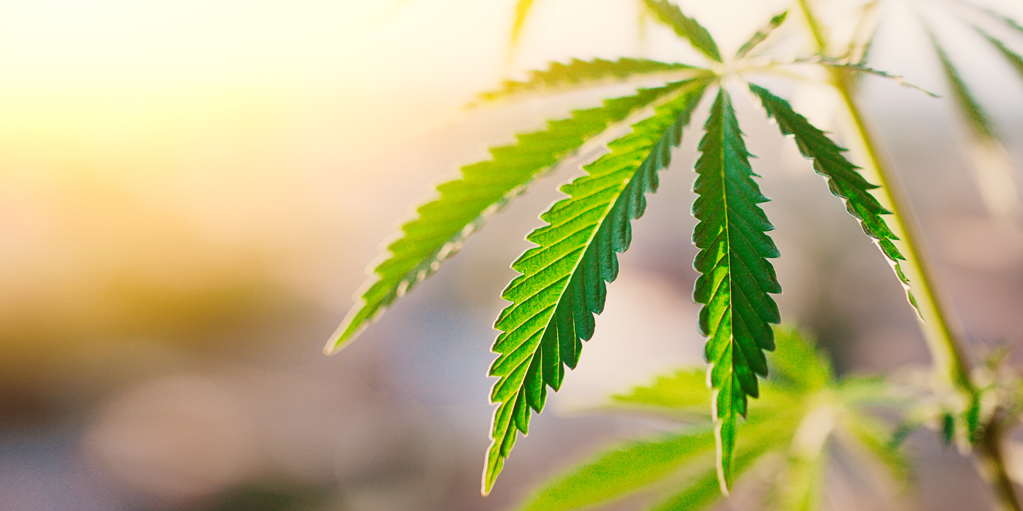Hemp and marijuana are often confused to mean one and the same thing. This should not come as a surprise given that the two look somewhat similar, considering they both fall under the Cannabis genus of plants . Like you’re about to find out though, these two plants are different in so many ways. Fact is, the two can be easily differentiated by simply looking at their chemical composition, method of cultivation, natural adaptability and like you may have already guessed, appearance. All these factors can set the two plants apart. There’s more though. Read on to learn more.
Chemical Composition
This is where the main difference lies. Tetrahydrocannabinol or THC in short, stands out as the difference. It is the chemical responsible for the ‘high feeling’ or rather the intoxicating effects that marijuana is known for. An average marijuana batch contains as much as 5% to 20% of THC. This threshold is regulated in many countries that have legalized hemp. So in essence, while both marijuana and hemp both have THC, it is the percentage that matters the most especially where legal issues are concerned. Legally, cannabis is considered hemp if it contains <0.3% THC by dry-weight, whereas cannabis >0.3% THC is legally defined as marijuana. These differences largely come down to genetics. A simplified comparison would be similar to different breeds of dogs. A Chihuahua and a St. Bernard are both considered dogs/canines, however their genetic expression is clearly quite different. Typically, in the plant THC and CBD are inverses of each other, so if a cannabis plant has higher levels of THC, it will have lower levels of CBD, and vice versa, which is determined by the strain’s genetics. You will not find a cannabis plant that has both high THC and high CBD levels.
Appearance
Take a close look at hemp and marijuana and it won’t take long before you notice differences in their appearance. With marijuana, the leaves tend to be broad or in a tight bud. They look like a nugget with crystals or tinny hairs. Hemp on the other hand features skinnier leaves that are closely concentrated at the top. It also has few leaves or branches just below the top most part of the plant. Observe the two plants from a distance and marijuana easily resembles a short, fat bush. Hemp is also taller, growing up to 20 ft.
Cultivation
Hemp and marijuana thrive in environments that are strikingly different. Hemp is cultivated closely together, often as close as 4 or even 5 inches part. Large scale cultivation calls for cultivation in large, acre plots. It is also important to note that hemp can grow in a variety of climates, with a growth cycle that ranges between 108 to 120 days. This applies to nearly all different HEMP varieties grown for seed, fiber or CBD content.
Then there is marijuana which unlike hemp, calls for a carefully controlled, humid and warm atmosphere for proper growth. Its grown cycle is shorter, ranging from 60 to 90 days. To thrive, medical cannabis cannot be grown close to each other. That explains why they need to be at least 6 feet apart from each other. It is also very important to note that hemp and marijuana cannot be grown together. The two cannot mix. If marijuana grows too close to a hemp field or even in the middle of a hemp field of its own, hemp pollen will immediately compromise the marijuana crop. It will also dilute marijuana’s THC levels, so the two crops will end up being useless.



